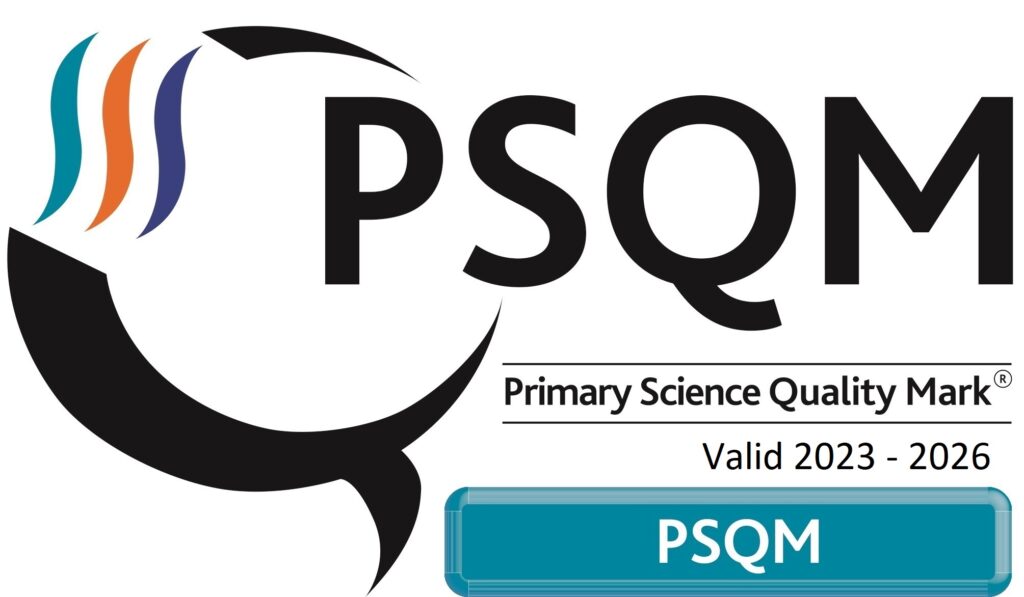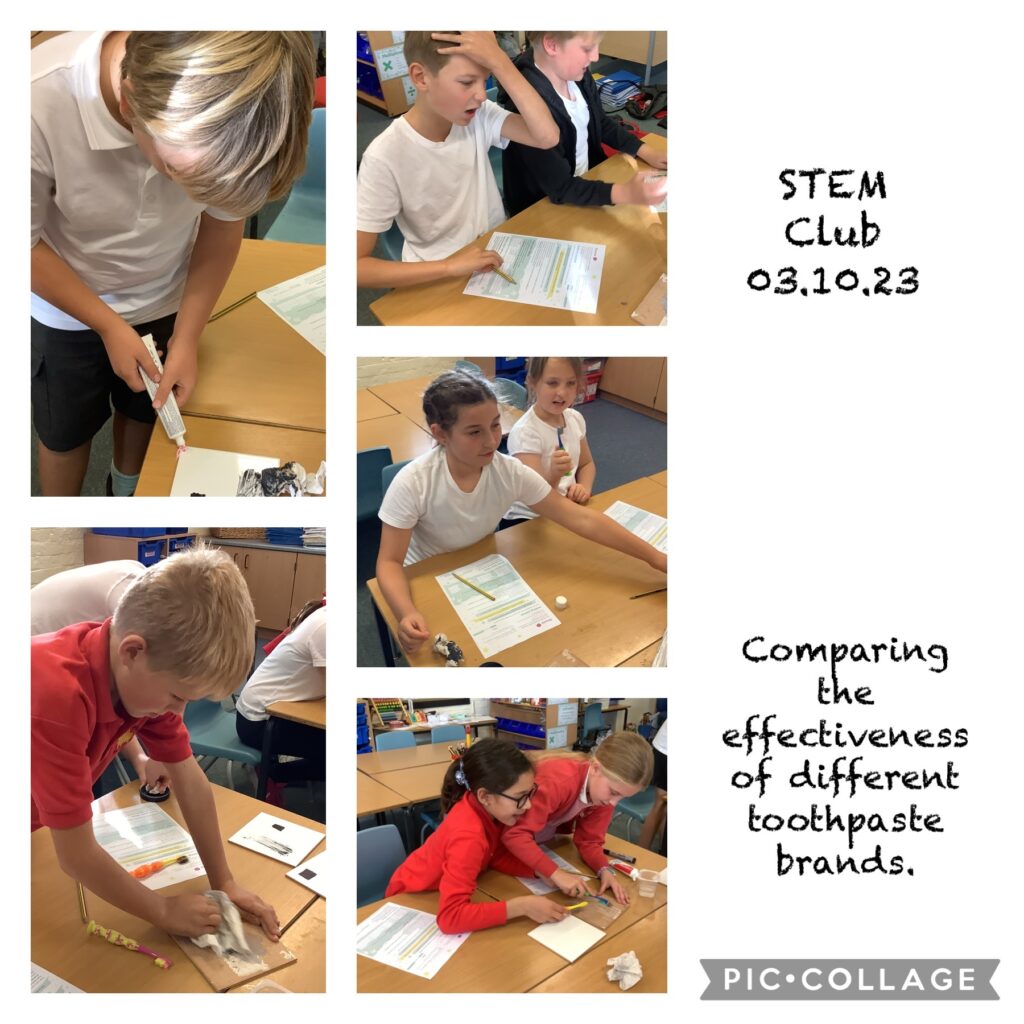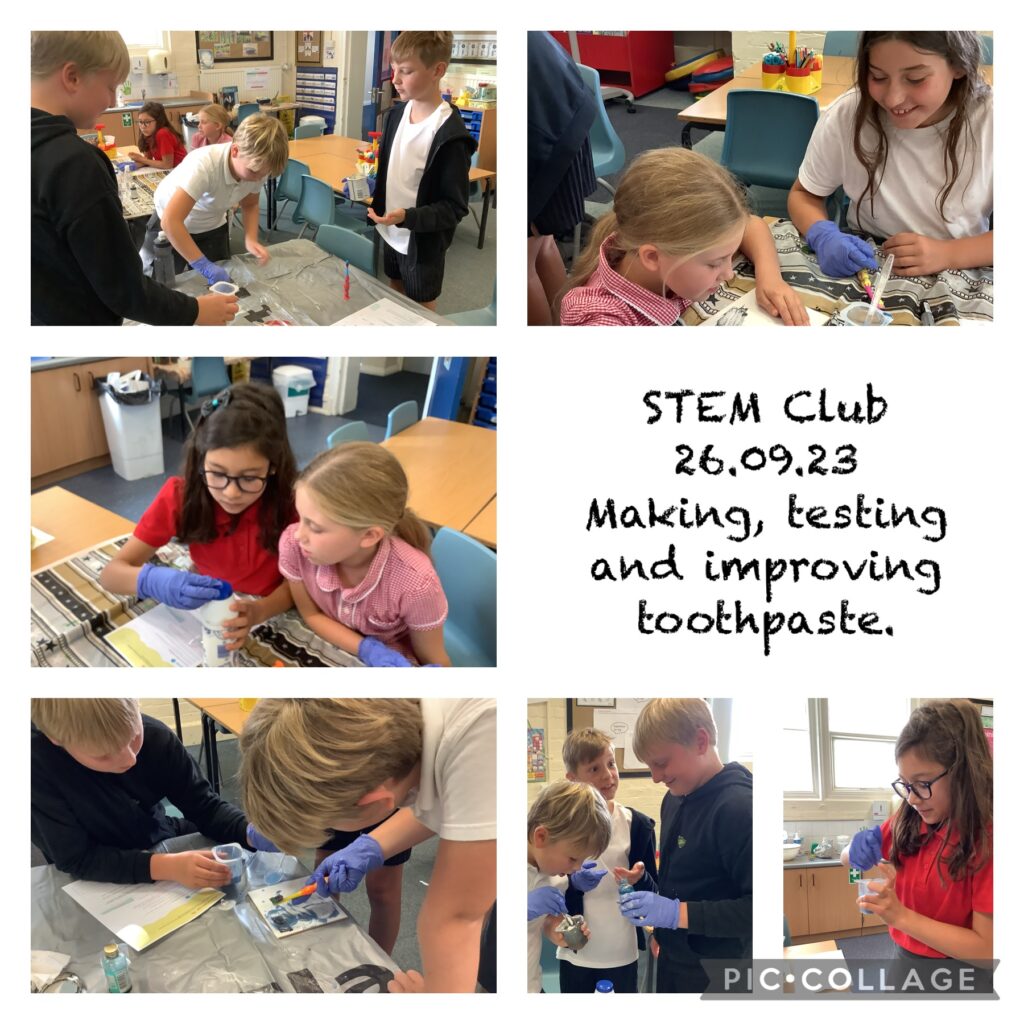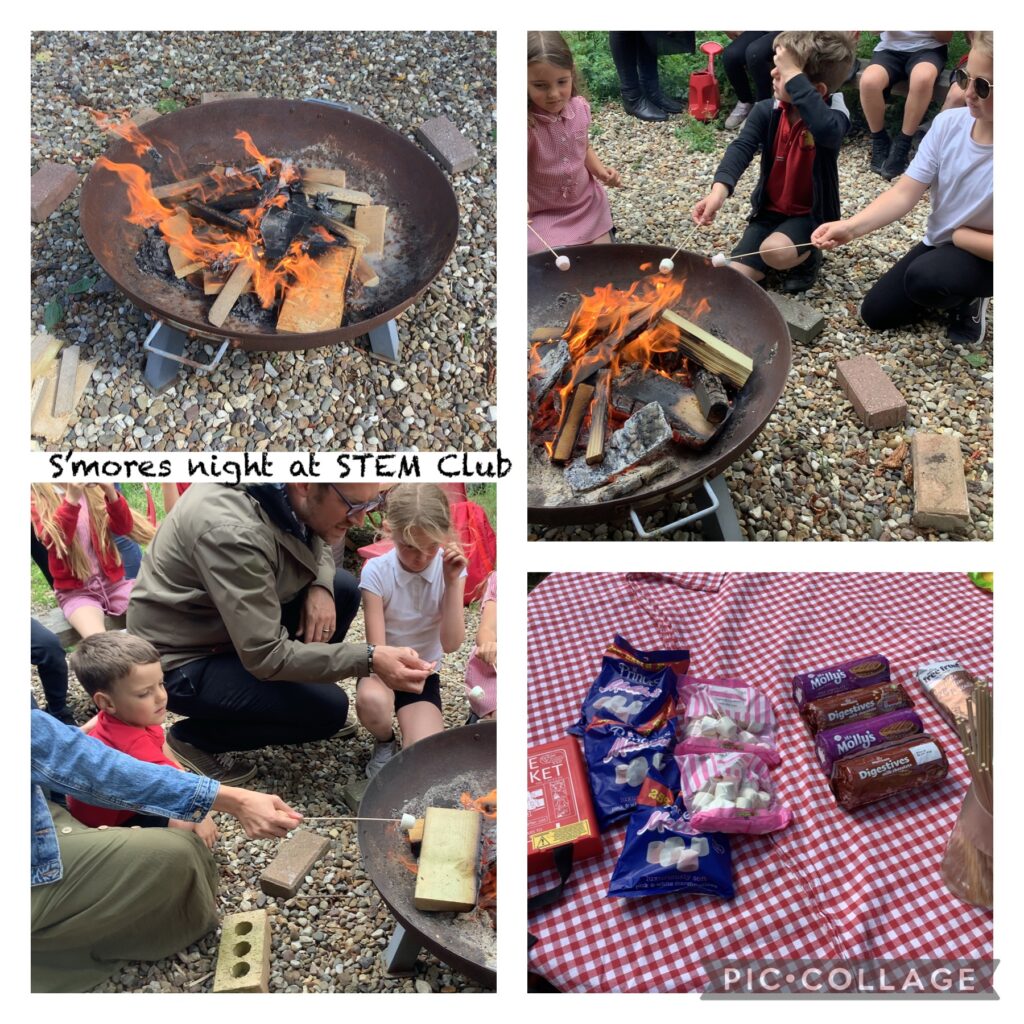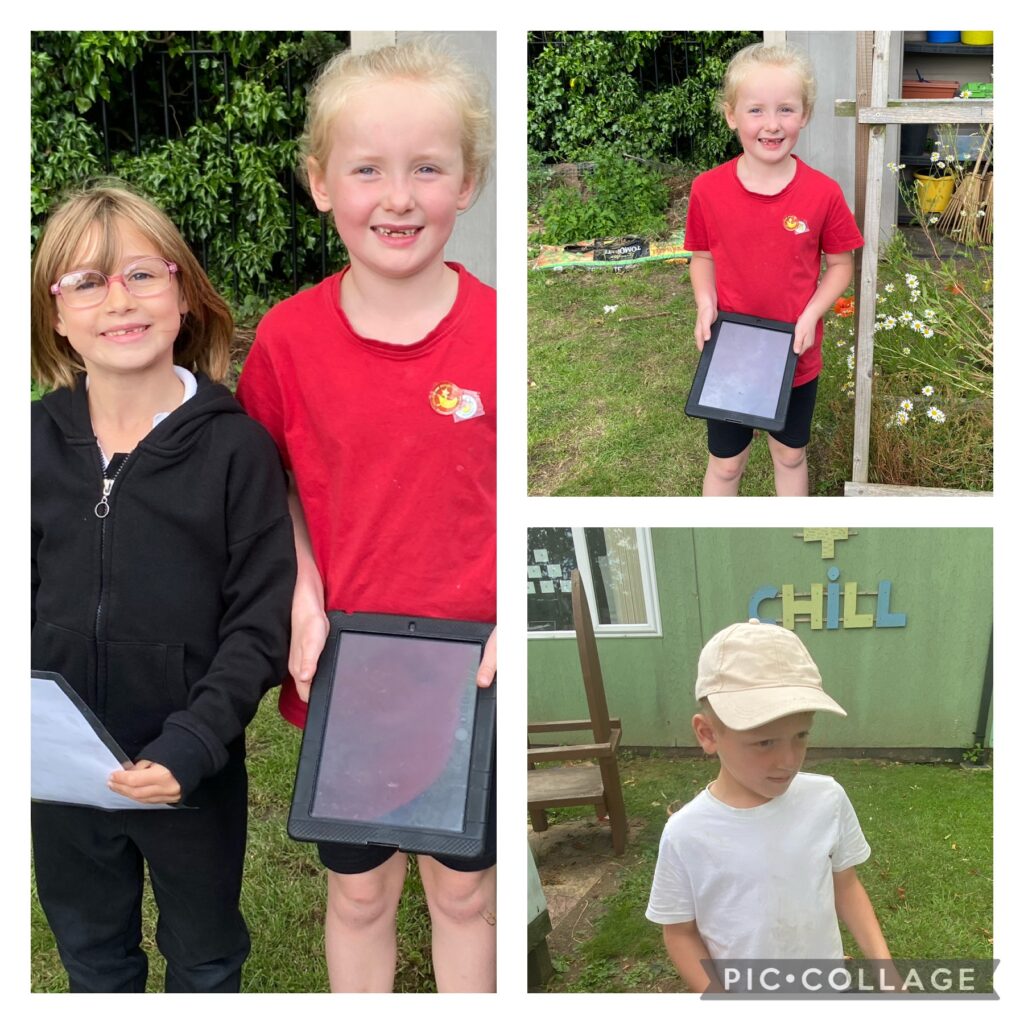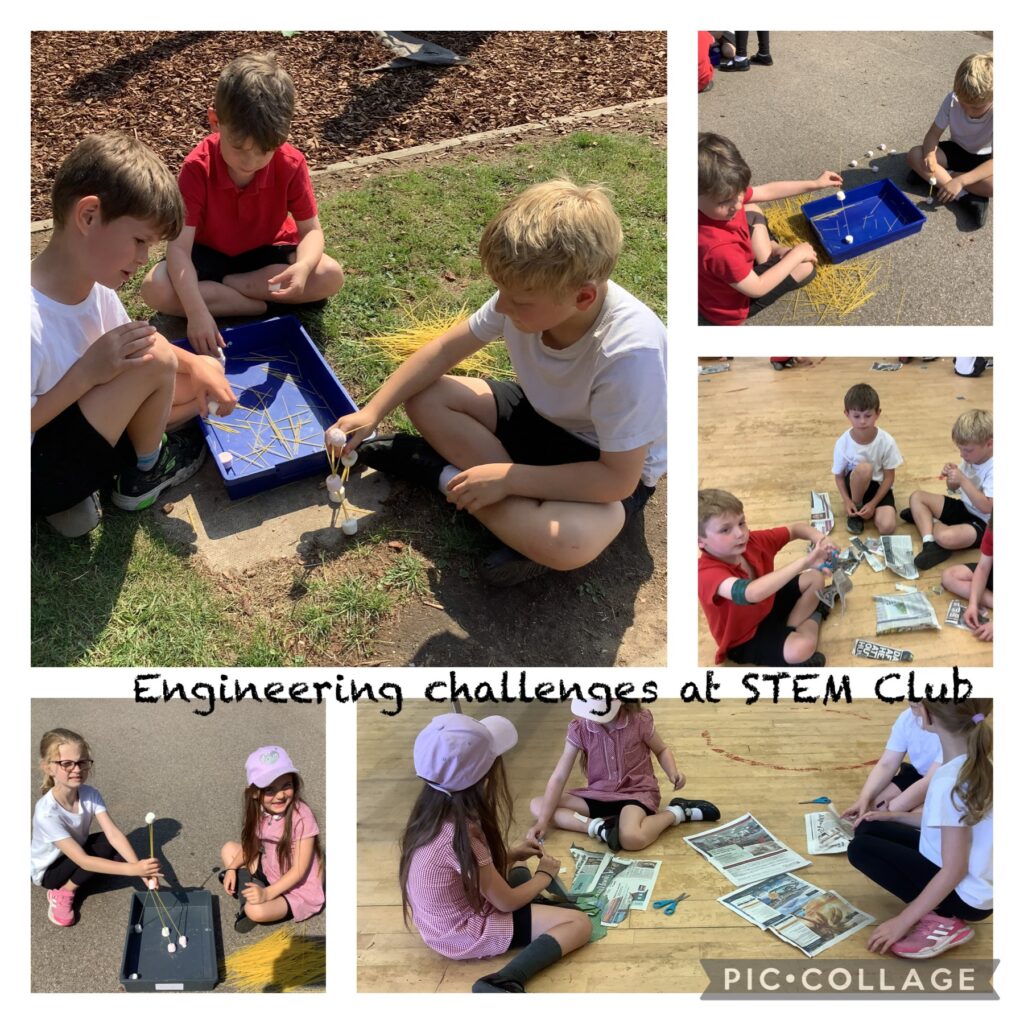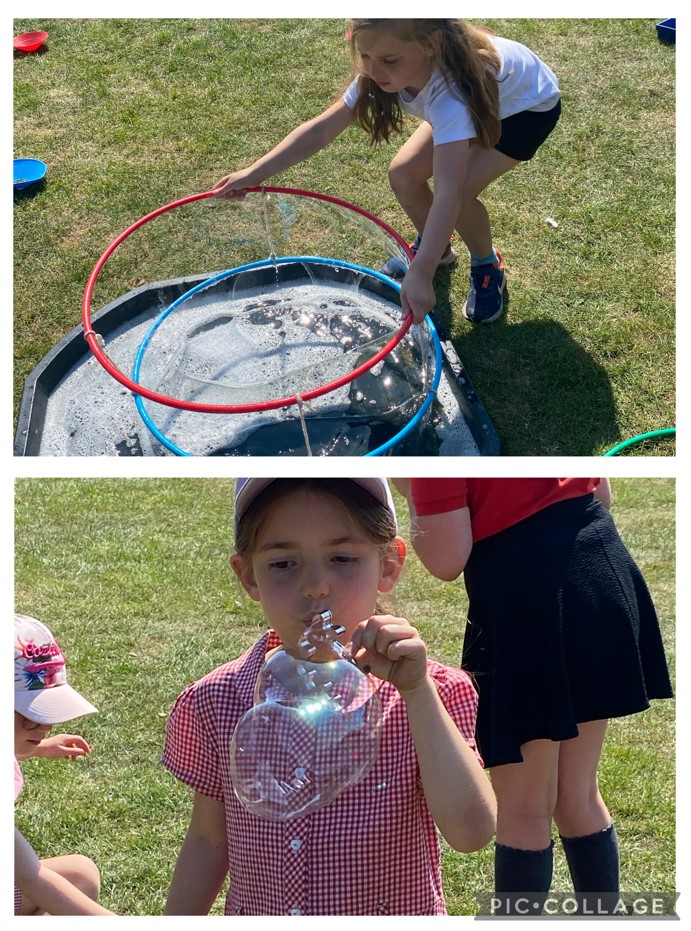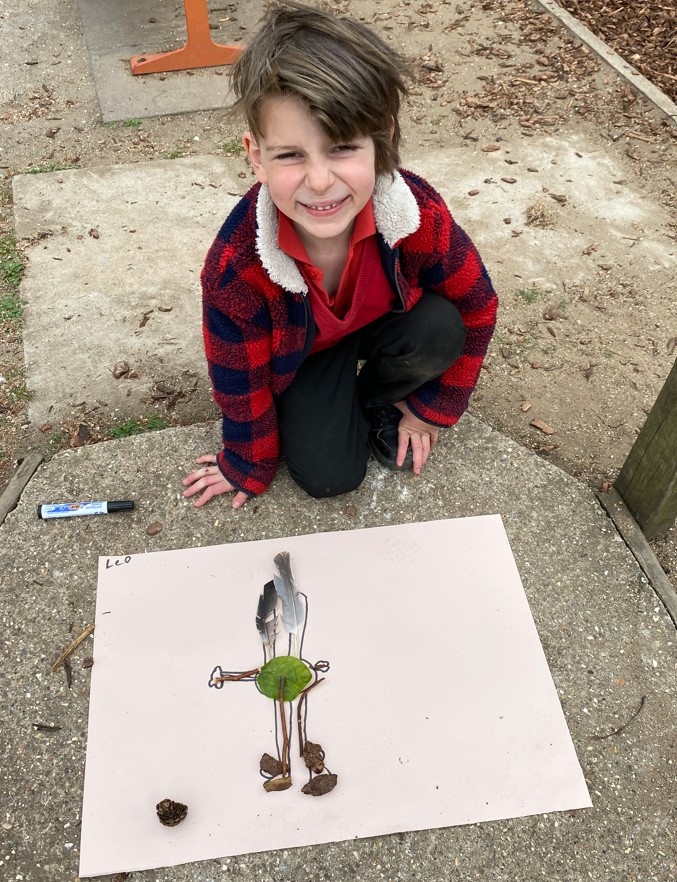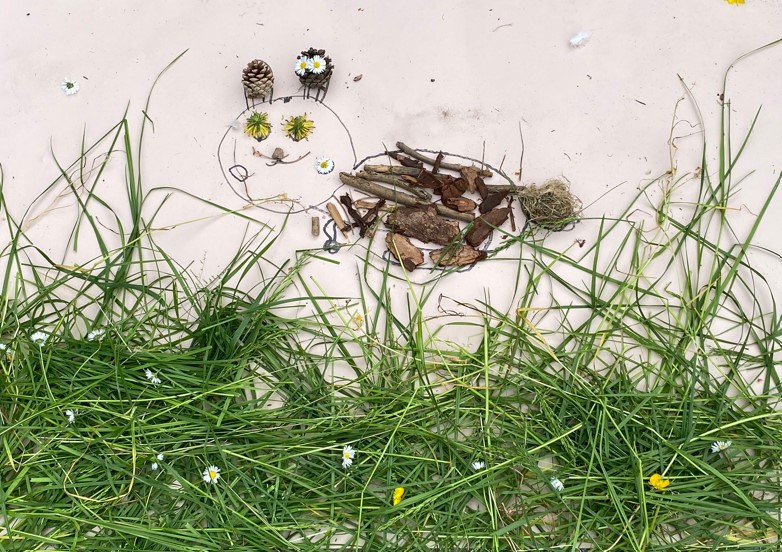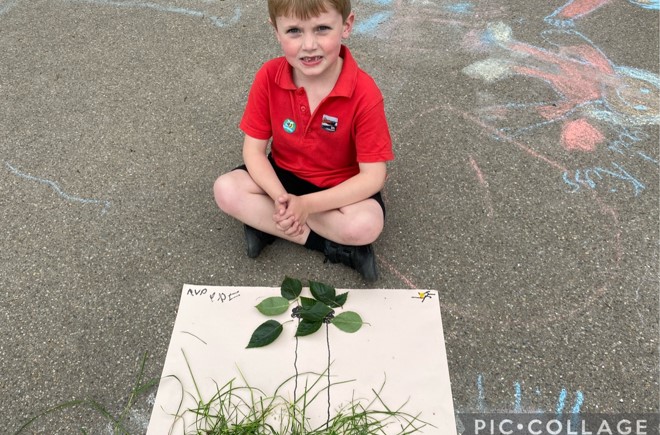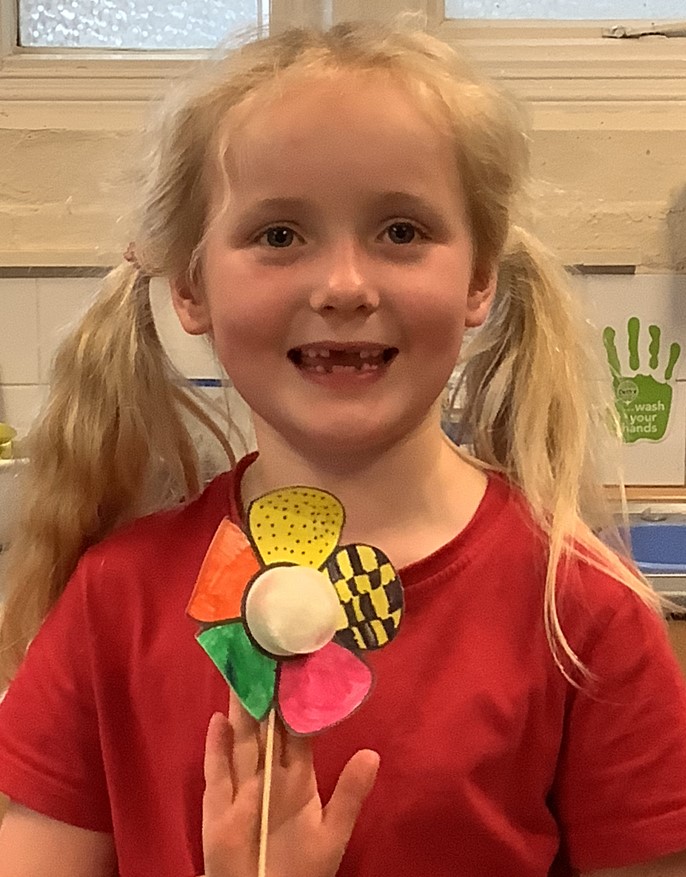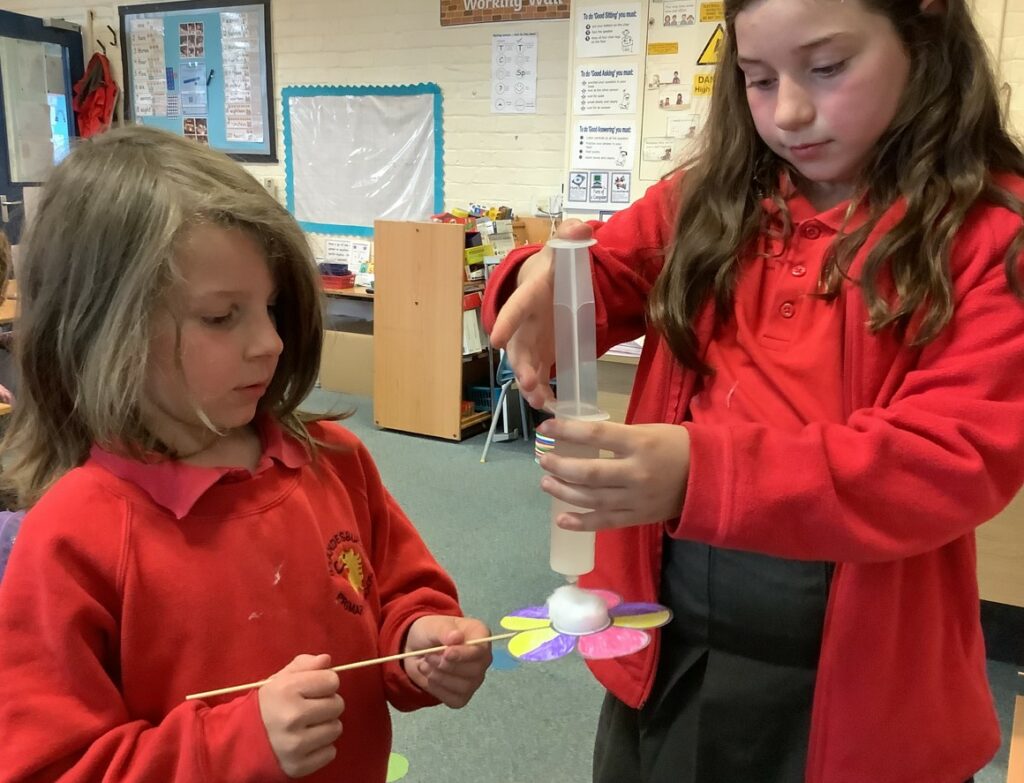We were very excited and proud last week to receive confirmation of our Primary Science Quality Mark award (PSQM). This marks the culmination of a whole academic year of collaborative work within our school to drive teaching and learning of science forward. In order to achieve PSQM we had to formulate an action plan and then work towards achieving the outcomes that we had set ourselves. Areas covered included teaching, learning, subject leadership and wider opportunities for pupils. We were particularly highly commended on our work relating to raising the profile of outdoor learning. We facilitated this through firstly developing our own school wildlife garden and also creating a community planting event of trees in our school grounds that had been obtained through the Woodland Trust. We were also praised for our commitment to increasing pupil science capital through the many enrichment opportunities that we offered to pupils last year. This included the weekly after-school STEM Club, home/school link events during British Science Week, the science pop-up shop, attending two cluster STEM Summits on the environment, workshops in school provided by external visitors such as the Dogs Trust and participation in the Yorkshire Wildlife Trust 30 Days Wild. Our award lasts until 2026 when we will be invited to renew it.
